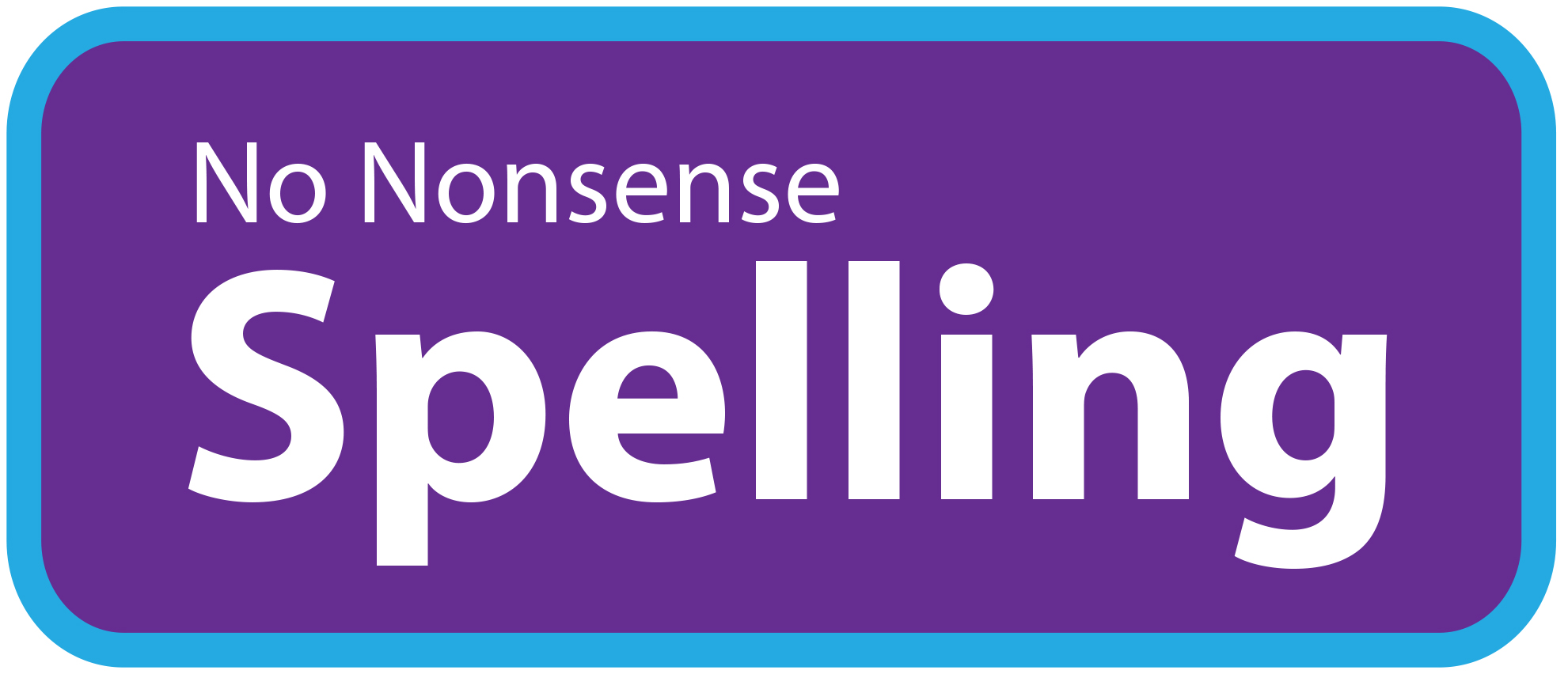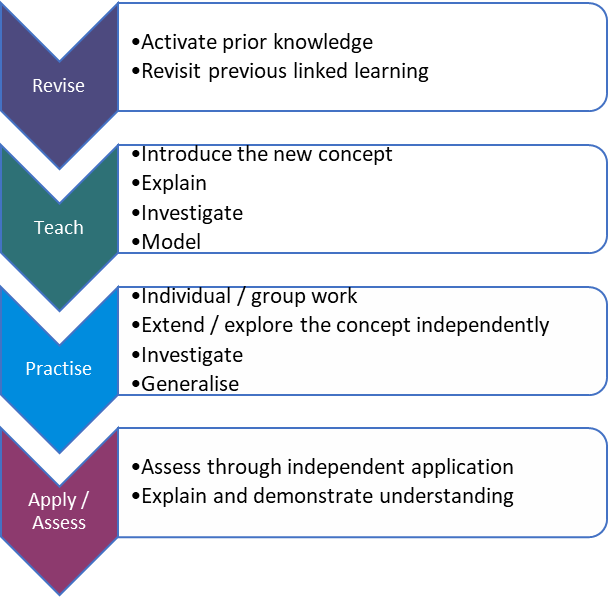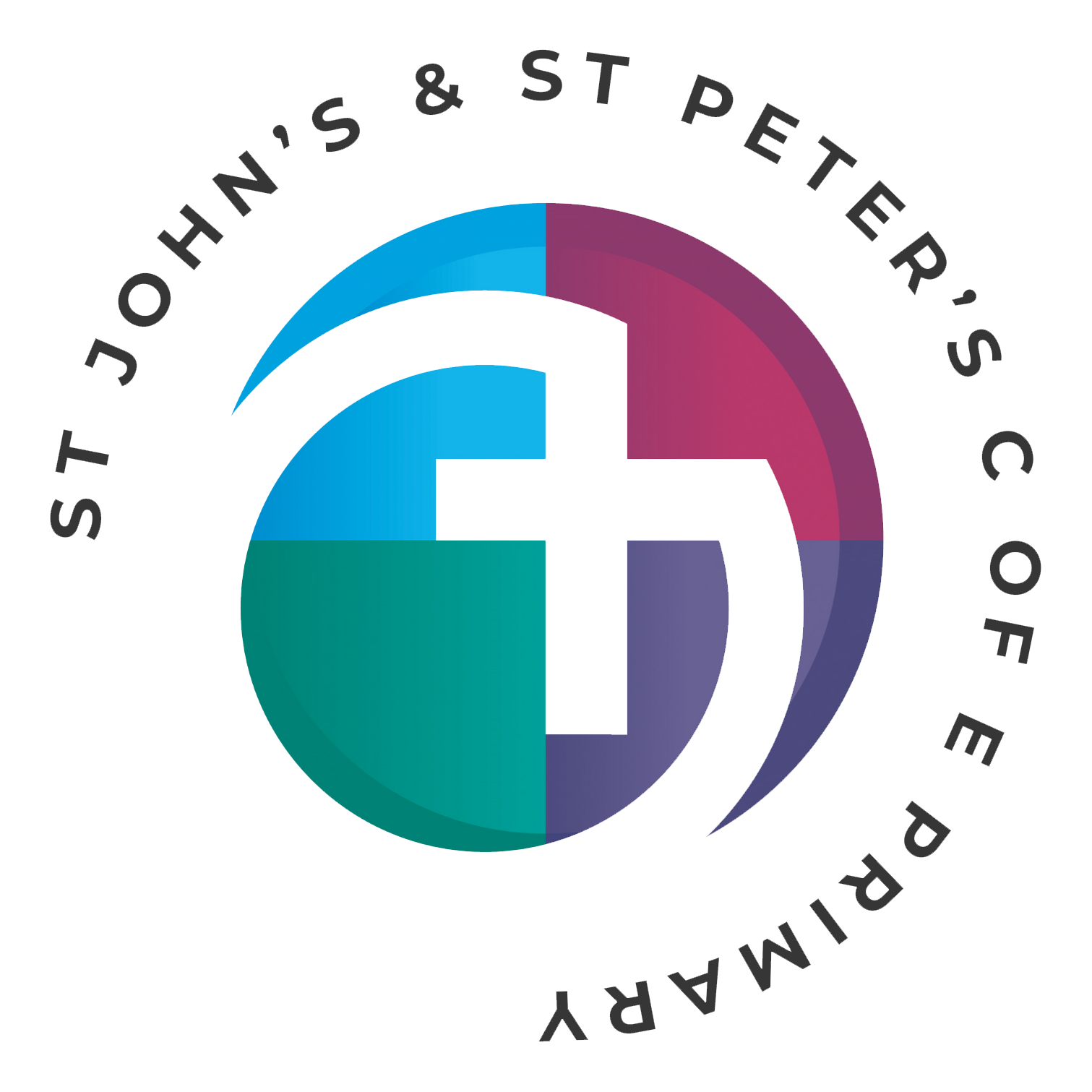Spelling
Intent
All Saints Multi-Academy Trust use no nonsense spelling as a strategy to teach and build spelling patterns and different techniques for children to become confident spellers. This is mapped out from EYFS and year one, where they use ‘Little Wandle letters and sounds’ phonics to build spelling, to year two where no nonsense spelling introduces spelling journals for children to use daily. These journals are used to build children’s confidence in identifying strategies and patterns to remember in order to spell words correctly. Through visual strategies and segmentation, children aim to become confident spellers by the end of KS2.
Implementation
The progression of spelling techniques is broken down into blocks across each year group, where teachers use the following strategies to teach different spellings:
- Look, say, cover, write, check
- Trace, copy and replicate and check
- Segmentation
- Quick write
- Drawing around the word to show the shape
- Drawing an image around the word
- Words without vowels
- Pyramid words
Teaching sessions fall into the following:

Impact
The impact of our Spelling Curriculum is measured through how it supports children’s understanding across all subjects – when children have the confidence to use and accurately spell a wider range of vocabulary, this will enable them to access, understand and apply subject specific academic vocabulary. Alongside developing their Literacy skills, this will support them throughout their education, including Secondary, as they are exposed to a wider range of vocabulary required within each academic area. This will continue to support them as life-long learners.
Children will become strong, confident writers – By understanding fundamental spelling rules, children will be able to apply these in their independent writing when faced with new vocabulary. Having the experience, understanding and exposure of the features of language, including morphology and etymology, children will have not only the required age-appropriate skill required for each stage of writing, but will feel confident enough to attempt more complex spellings within their writing.
Children will be equipped with the necessary language skills for Secondary education – To continue accessing all subjects across the curriculum, children will need to have secured (learnt and applied) a wide range of vocabulary by the time they enter Secondary School. This will ensure they have a wide enough understanding to learn and use subject-specific vocabulary, alongside understanding a wide enough range to comprehend academic-style texts. By delivering an effective spelling curriculum, children will have secured those early rules and concepts which will provide the stepping stones from Primary through to Secondary education.

